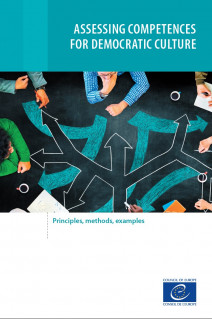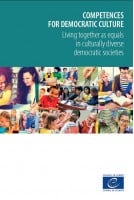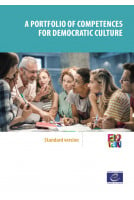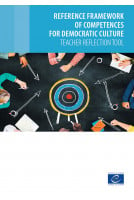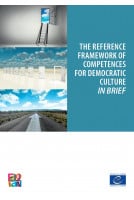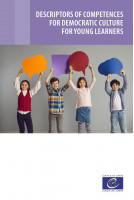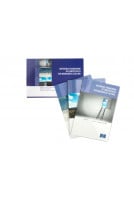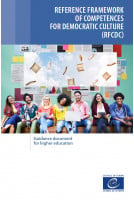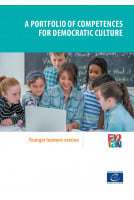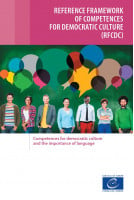A discussion of assessment principles and assessment methods that may be used for assessing the competences that are specified by the RFCDC
The Council of Europe’s Reference Framework of Competences for Democratic Culture offers a systematic approach to designing the teaching, learning and assessment of competences for democratic culture. It specifies a set of 20 competences which learners need to acquire in order to function effectively as democratic citizens in culturally diverse societies, and provides descriptors that can be used to determine the level of proficiency that a learner has acquired in each of the 20 competences.
This book offers detailed guidance for educators on how these materials may be applied in the classroom in order to assess learners’ proficiency in competences for democratic culture. The book begins with an overview of the Reference Framework and then explains the principles that need to be followed when selecting assessment methods. It continues by describing 12 methods that may be used, all of which have been judged to be consistent with the principles of the Reference Framework. All 12 methods are currently being used in one or more of the Council of Europe’s member states, and they are therefore tried and tested assessment methods that are known to be practicable for classroom use. Concrete examples of how each method may be used in practice are also provided.
PREFACE CHAPTER 1 – INTRODUCTION CHAPTER 2 – AN OVERVIEW OF THE RFCDC CHAPTER 3 – KEY ISSUES AND PRINCIPLES IN ASSESSING COMPETENCES FOR DEMOCRATIC CULTURE CHAPTER 4 – METHODS FOR ASSESSING COMPETENCES FOR DEMOCRATIC CULTURE, WITH CONCRETE EXAMPLES
1. Dialogue-based assessment
2. Activity-based self-assessment
3. Observational assessment
4. Oral presentations
5. Debate-based assessment
6. Role play or simulation assessment
7. Dynamic assessment
8. Written answers to open-ended questions and essays
9. Scenario-based assessment using questioning
10. Project-based assessment
11. Reflective journals and structured autobiographical reflections
12. Portfolios and e-portfolios
FURTHER READING APPENDIX
